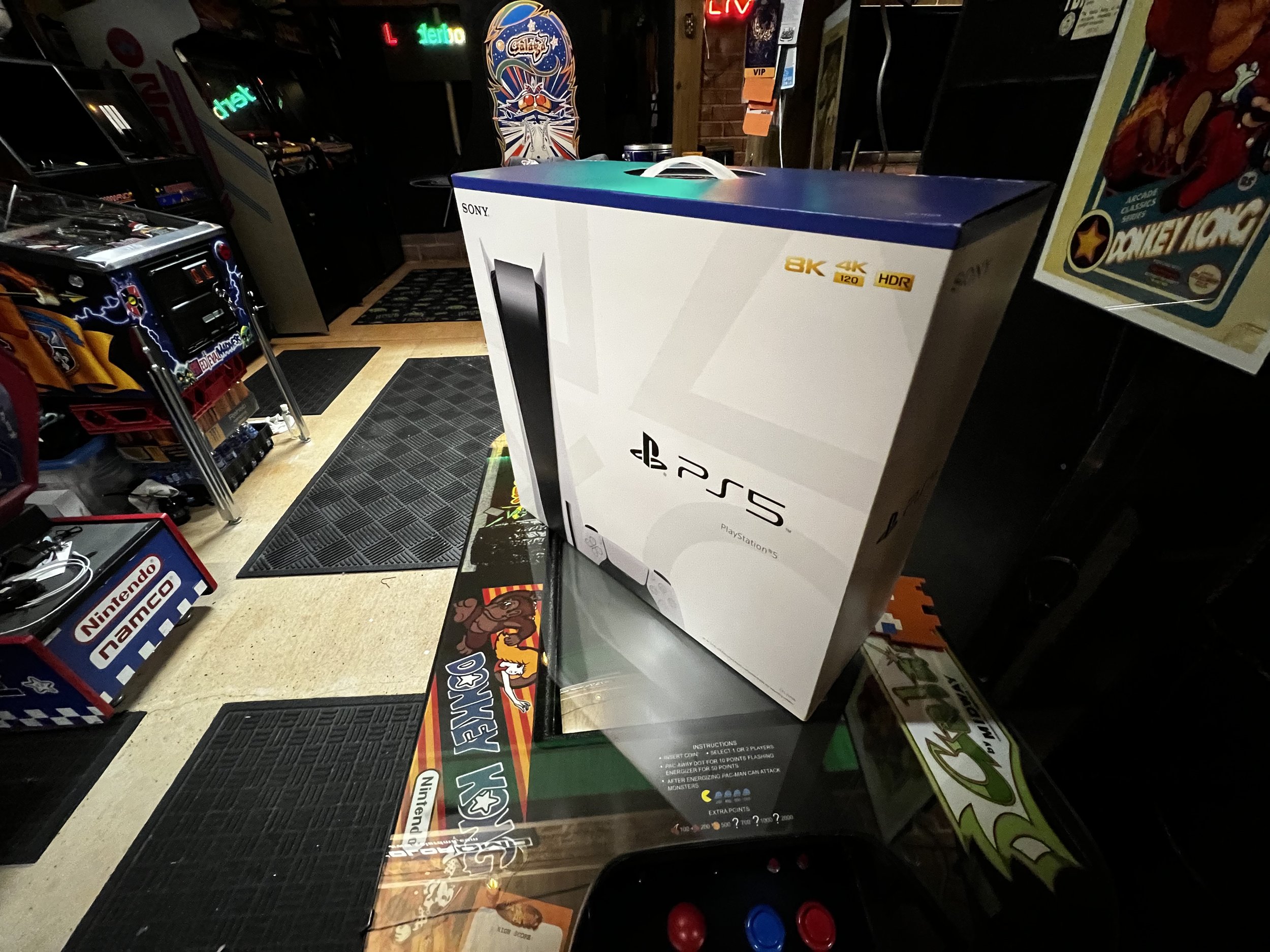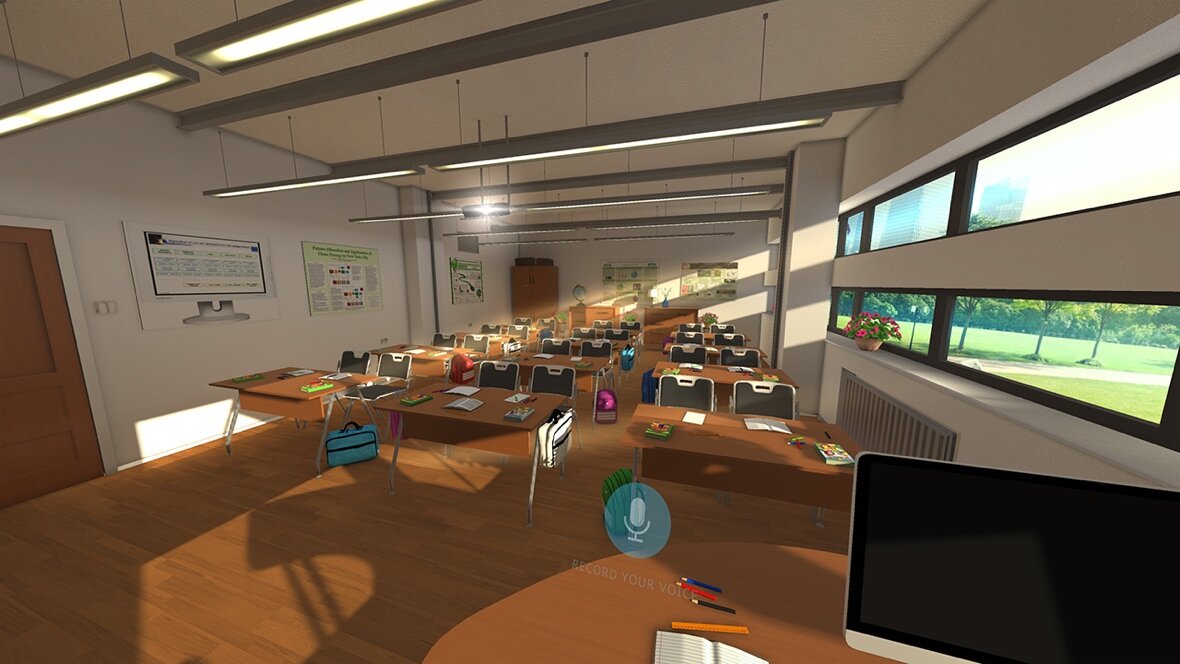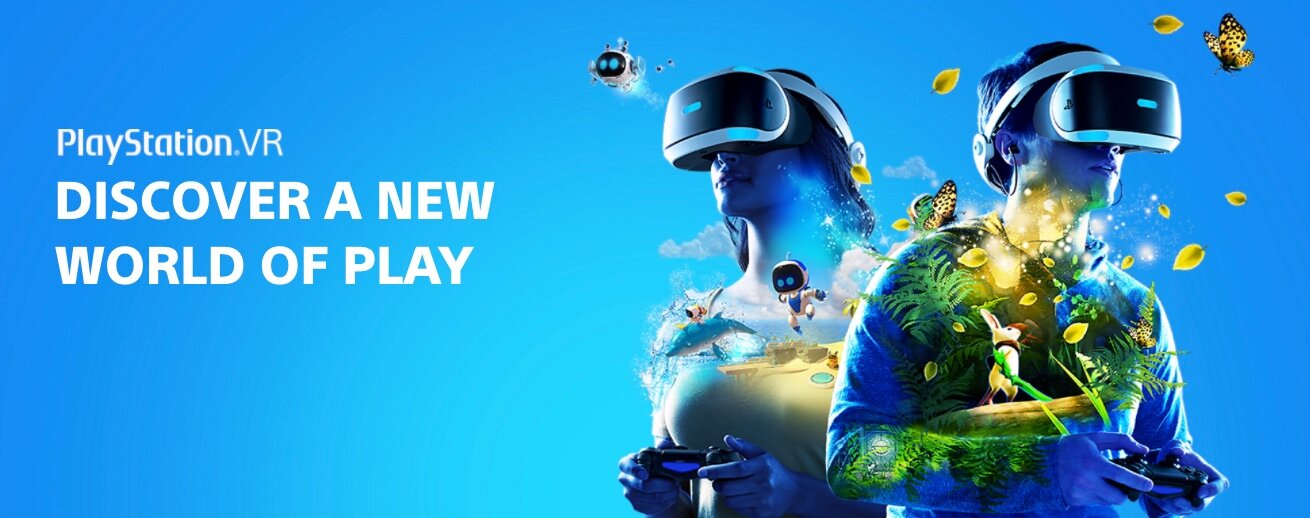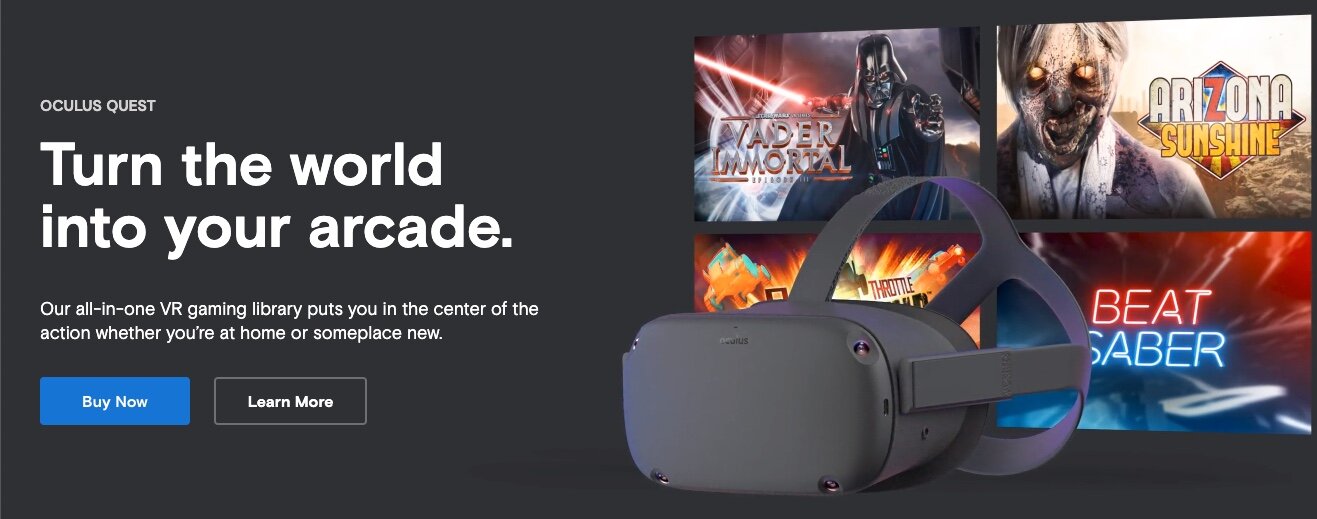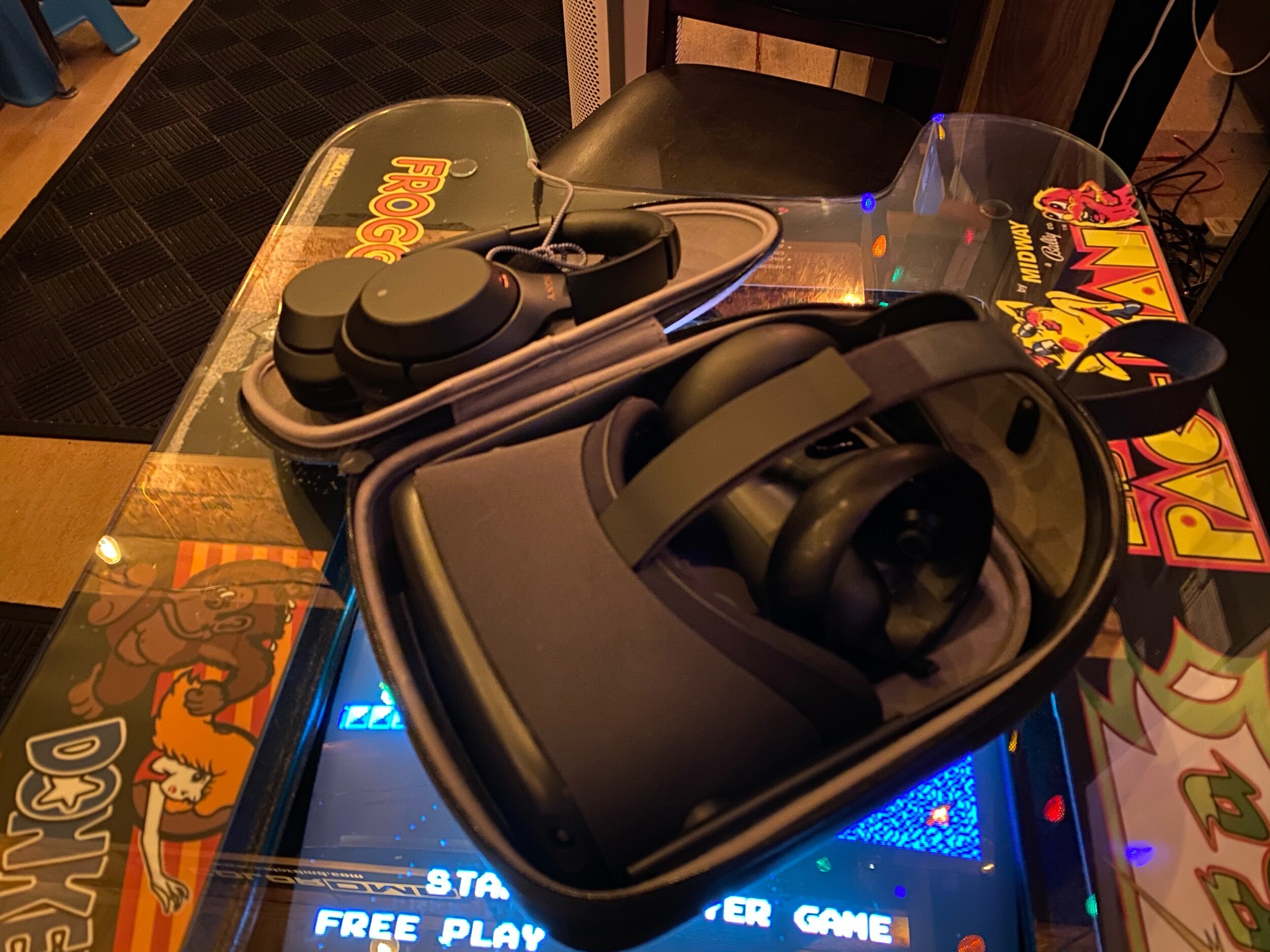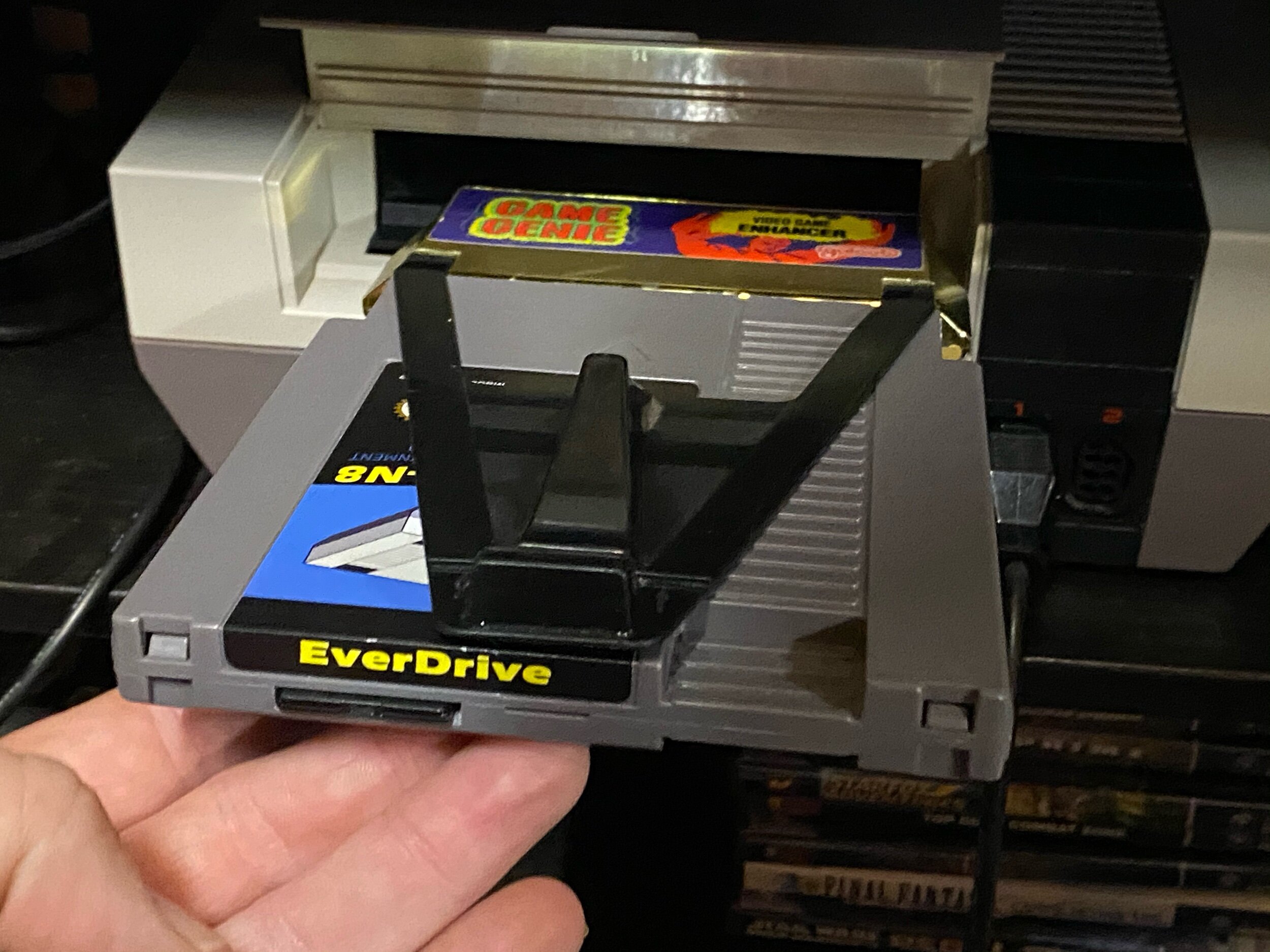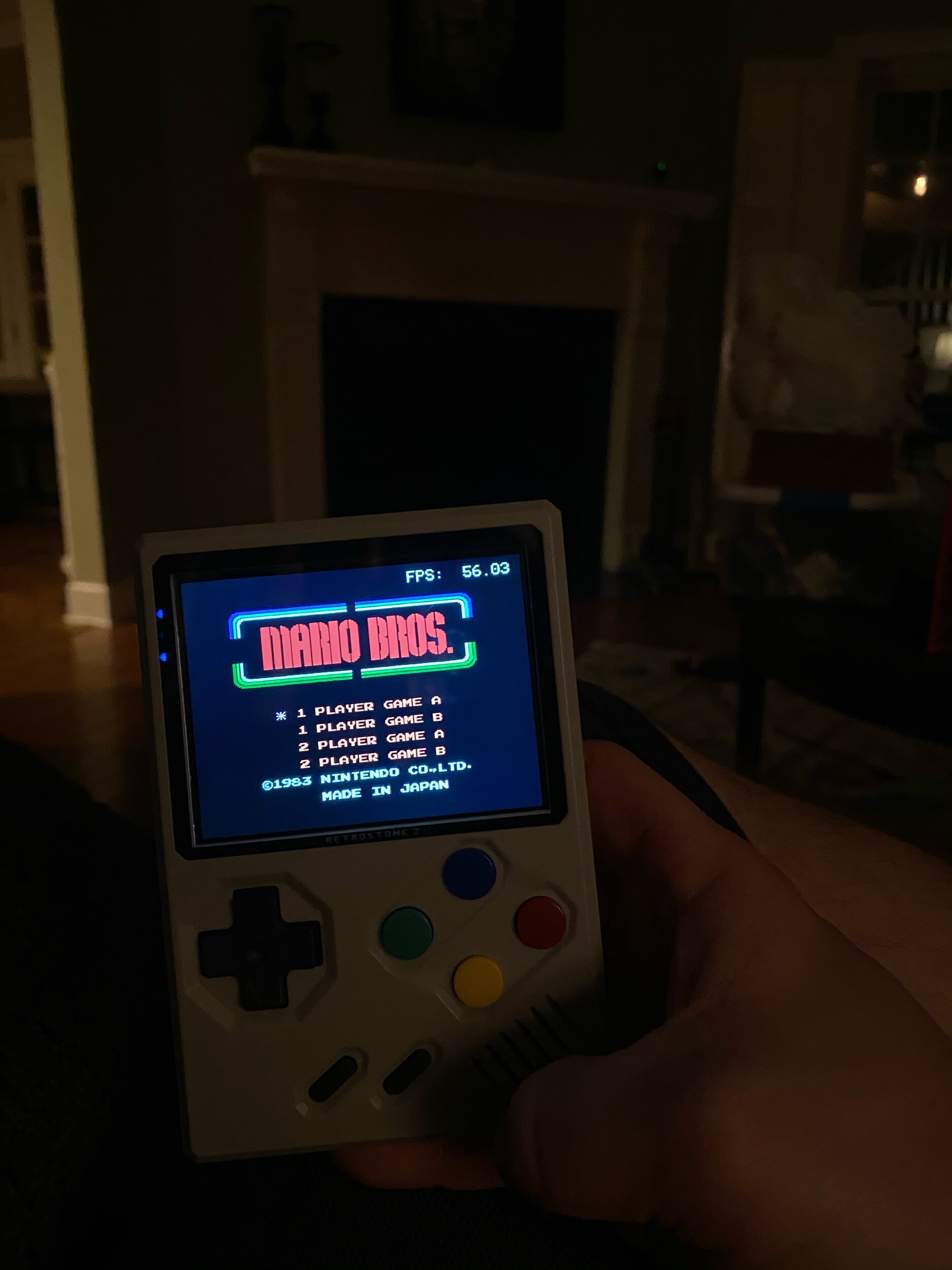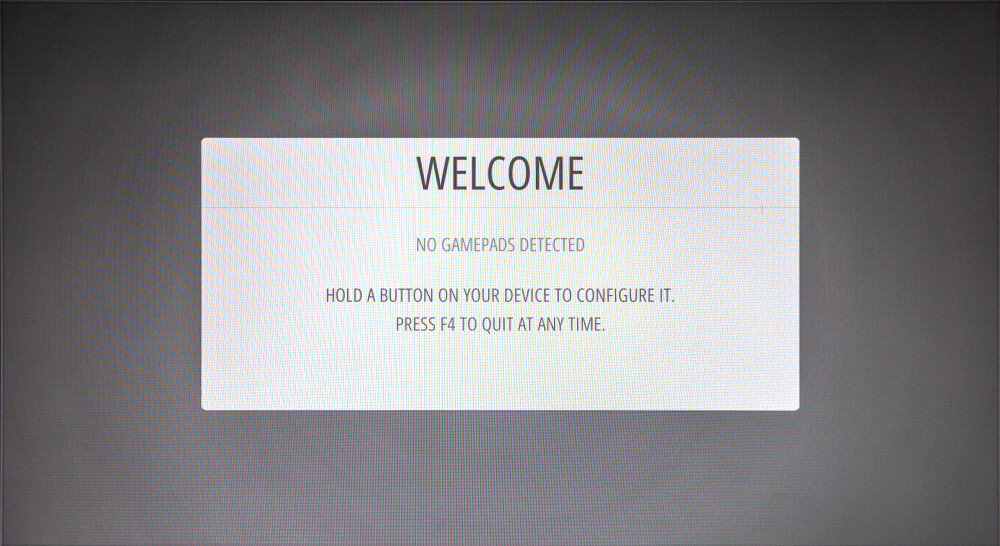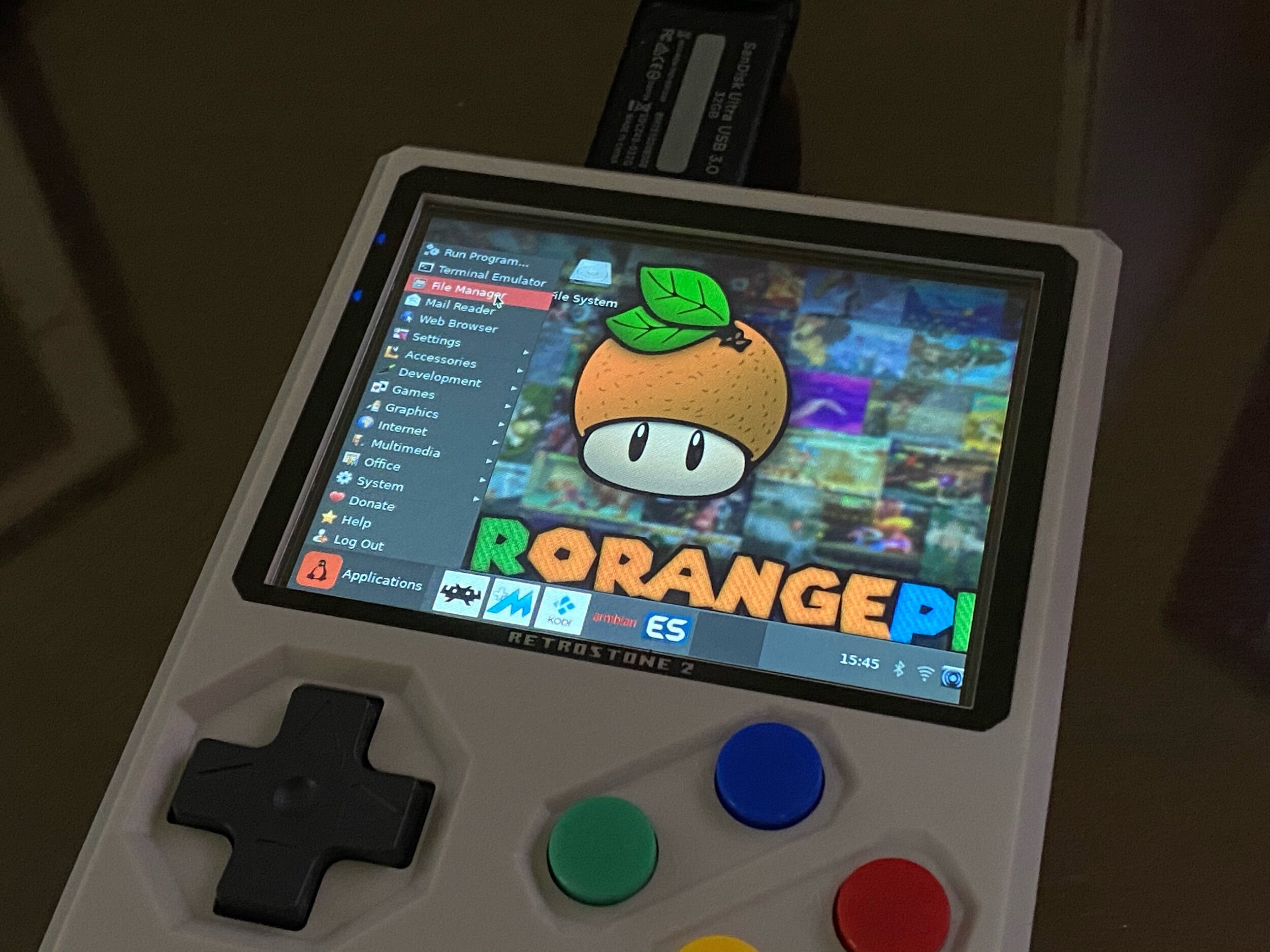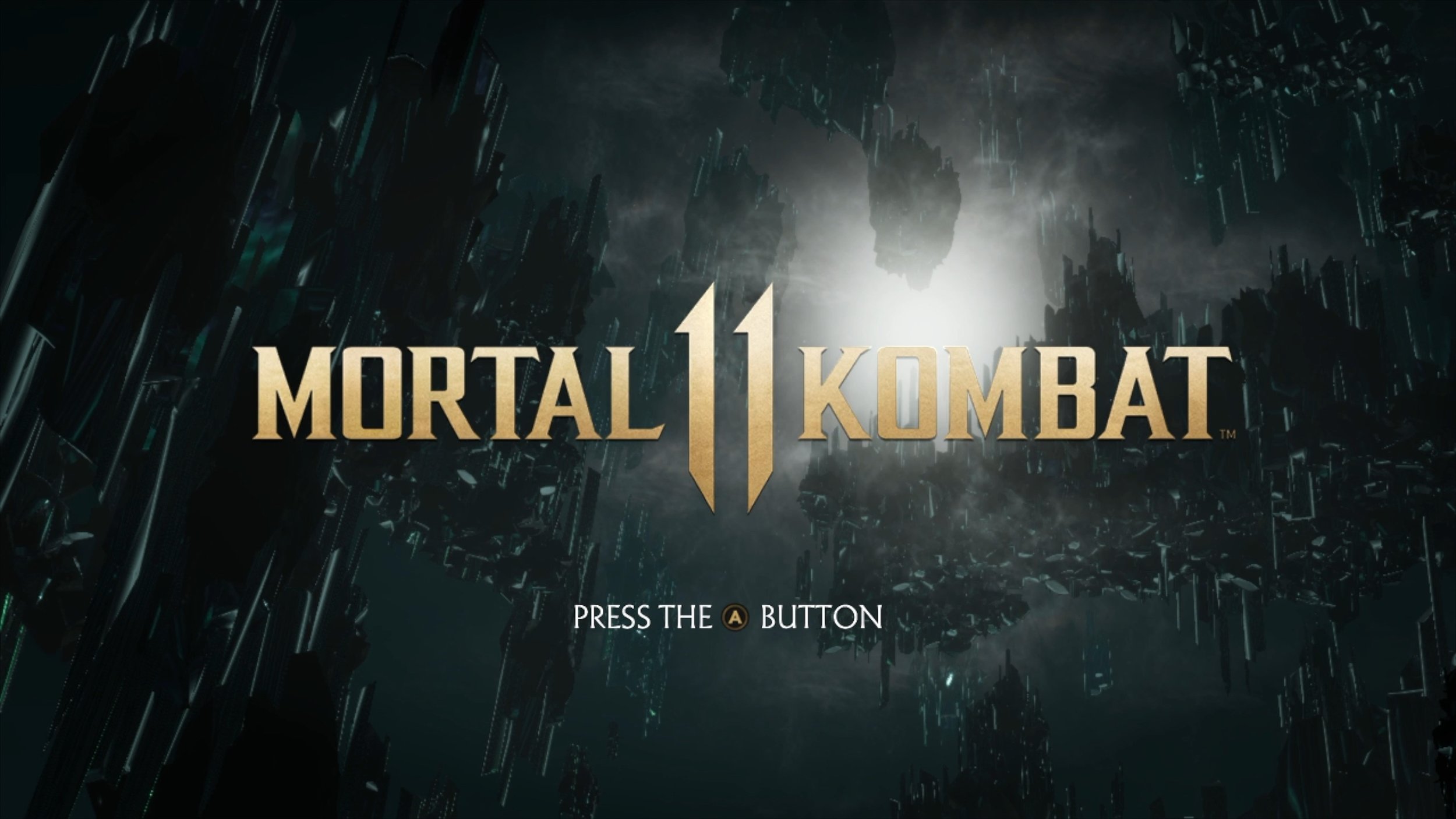I scored a (retail) PS5 last month. Pretty wild when you think about it that the PS5 was released in the end of 2020 and in the 1st third of 2022 they are still hard(ish) to come by; outside of scalpers.
My in, was the Best Buy Total Tech membership. I had signed up for it in order to get access to a GPU for a virtual pinball and gaming PC build. Aside from other benefits around warranty and rewards points, the Total Tech Membership gives you early access to hard-to-find things as they come into stock. The membership is $199/year (kinda steep IMO) but since I was able to buy an RTX 3070 and RTX 3090 at retail, it already paid for itself in my view.
At any rate, I’m not a huge modern console gamer but there are some touchstone titles that I feel compelled to play. On Sony’s Platform, for me: God of War & God of War Ragnarök are must-haves. The original game left such an impression, I was excited to revisit it with upscaled graphics in preparation for the new game this fall.
Astro’s Playroom
The PS5 is bundled with Astro’s Playroom. This game is great, especially considering the tenuous footing from which it was created. The point of the game is to acclimate you with the controller on the PS5 and the game itself is little more than a playable commercial for Sony PS merch. In it, you play as this little robot, Astro and explore hardware-themed levels and unlock Playstation memorabilia. That’s it. Doesn’t sound fun, but it really is.
The primary thing that makes Astro’s Playroom great is level design coupled with adorable characters. I know, that makes me sound like a pre-teen girl referring to a favorite stuffed animal but Im a 40-something beer-and-whiskey drinking nerd guy, unashamed to tell you the characters are cute. If you stop playing for awhile, it pulls out a little PS Vita or PSVR and entertains itself. At times, you can see the character shaking its little robot ass to the theme music of the stage you are on. All hail our future ass-shaking robot overlords.
Most gamers are probably aware of the history of Mega Man and its influence on level design that reaches even into modern games. Kitamura paid special attention to level difficulty, the idea being to allow the difficulty of the game to ramp up at a natural pace while maintaining a consistent-average-play-time per level. He wanted the game to teach the players how to play gradually, wanted to reduce the chance of players being stuck and frustrated and emphasized re-playability.
Astro’s Playhouse is a bit of a love letter to these early tenants of game design. The level design finds a balance of feeling open-enough to not be claustrophobic while balancing difficulty, skills and power ups to keep it engaging. Cute characters, good theme music and sound effects and quick respawns round out the experience to make Astro’s Playhouse a very fun game. (Despite being a giant Playstation Commercial.)
As a bonus, the PS5 is powerful enough to play Astro’s Playhouse while other games are installing. Pretty bad-ass.
Unreal Engine 5 City Sample
Unreal Engine 5 released a playable demo alongside the streaming and blu-Ray release of Matrix Resurrections. The UE5 City Sample includes cameos from Reeves and Moss and offer two modes: a playable car chase reminiscent of The Matrix Reloaded and a free-world environment to explore the City.
City Sample is available for free on the PS Store (search for Matrix Awakens) and the City Sample is available for download for free within the Unreal Marketplace. It includes assets, textures, models and examples to highlight UE5’s capabilities for film makers, creators and game devs.


